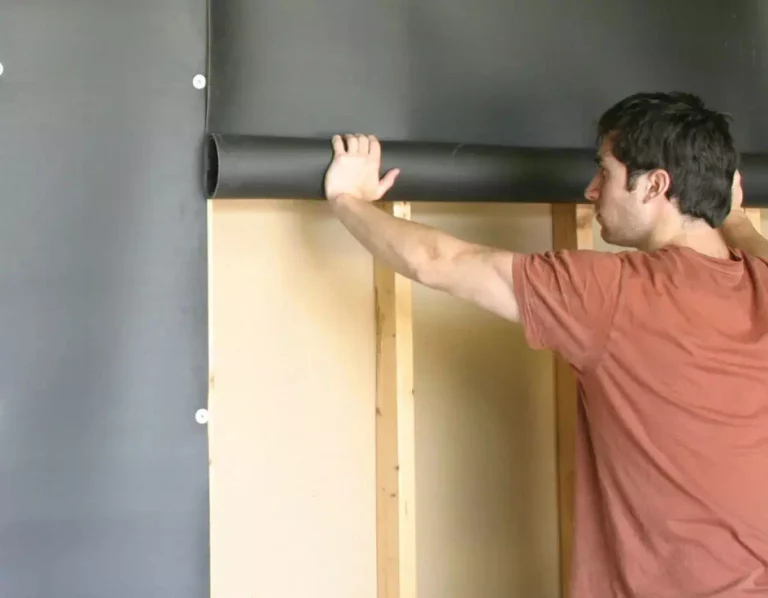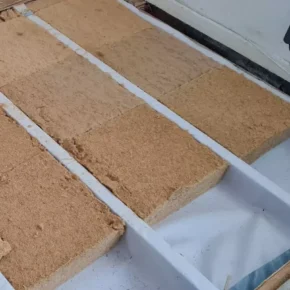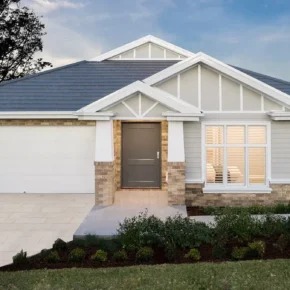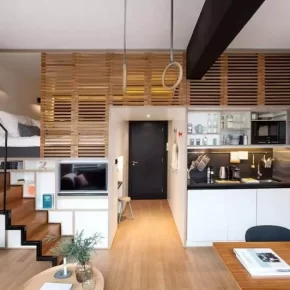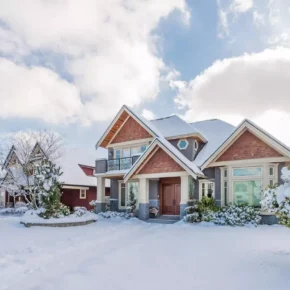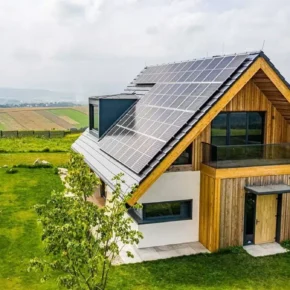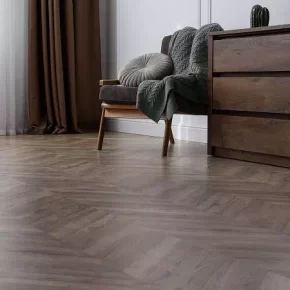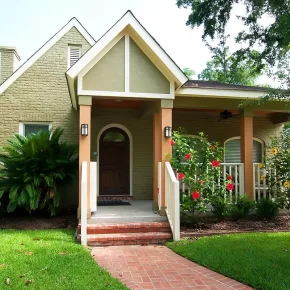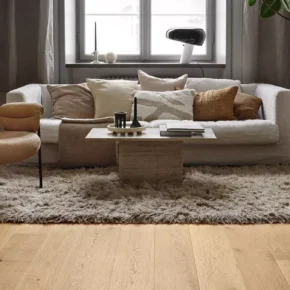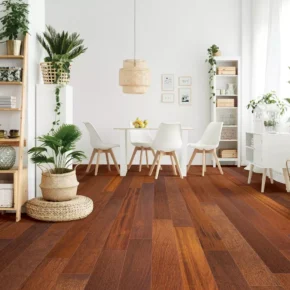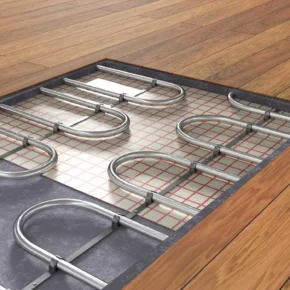Sound insulation in the apartment is an important aspect that provides comfort and protects against excessive noise. Regardless of whether you live in an apartment building or in your own home, good sound insulation of the walls will allow you to enjoy peace and comfort, especially in a noisy city.
Below we will consider the most popular materials for soundproofing walls, their characteristics and advantages.
1. Mineral wool
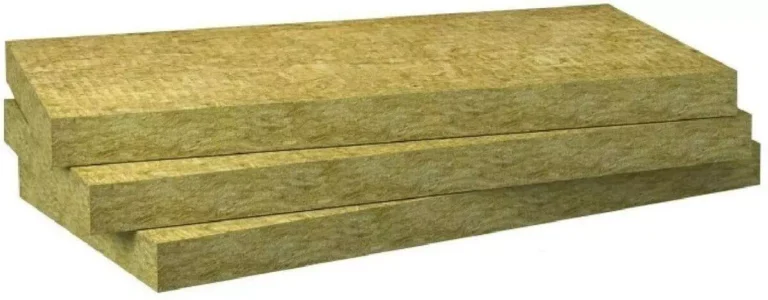
Mineral wool is one of the most common materials for sound insulation due to its high density and ability to absorb sound waves. It is well suited for multi-layer structures, in particular for frame walls.
Advantages:
- High sound insulation capacity.
- Fire safety.
- Environmental friendliness and durability.
Disadvantages:
- Needs protection from moisture.
- The complexity of installation due to the need to use additional fasteners.
2. Styrofoam and extruded polystyrene foam
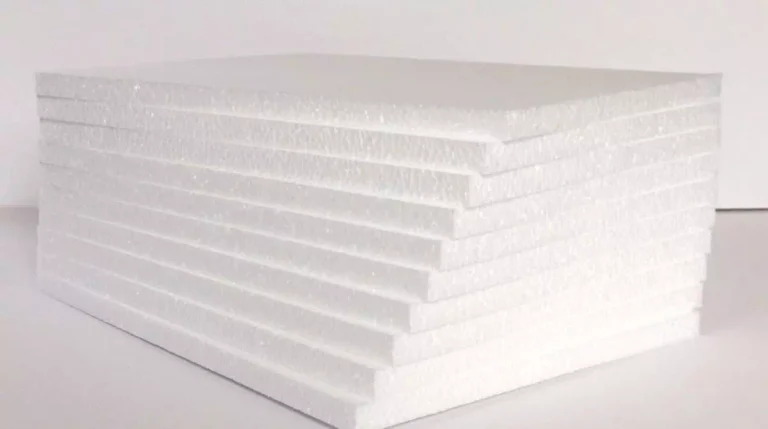
Styrofoam and polystyrene are used not only for heat insulation, but also have good sound insulation properties. These materials are easy to install and affordable.
Advantages:
- Easy installation.
- Excellent thermal insulation, which additionally provides protection against external noise.
Disadvantages:
- May be less effective at suppressing loud sounds.
- Combustibility, therefore should be avoided near heat sources.
3. Acoustic panels
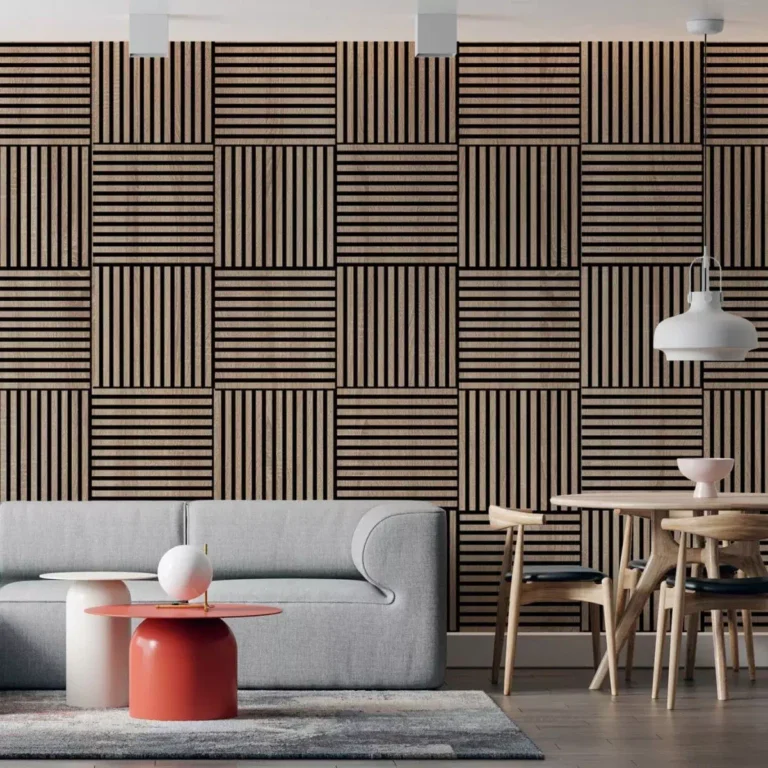
Acoustic panels are made of various materials, such as textiles, wood shavings, polyurethane foam or fiberglass. They are specially designed for sound absorption, so they are often used in studios and offices.
Advantages:
- High efficiency in sound absorption.
- A wide selection of designs and colors for decorative wall decoration.
Disadvantages:
- Quite high cost.
- Not always suitable for walls with complex surfaces.
4. Cork panels

Cork panels are known for their ability to absorb sounds and vibrations. They are made of natural material – cork oak, which makes them an ecological choice for those who value nature.
Advantages:
- Ecological and natural.
- Good soundproofing properties.
- Ease of installation.
Disadvantages:
- High cost.
- Limited selection of designs and colors.
5. Plasterboard plates with noise insulation inserts
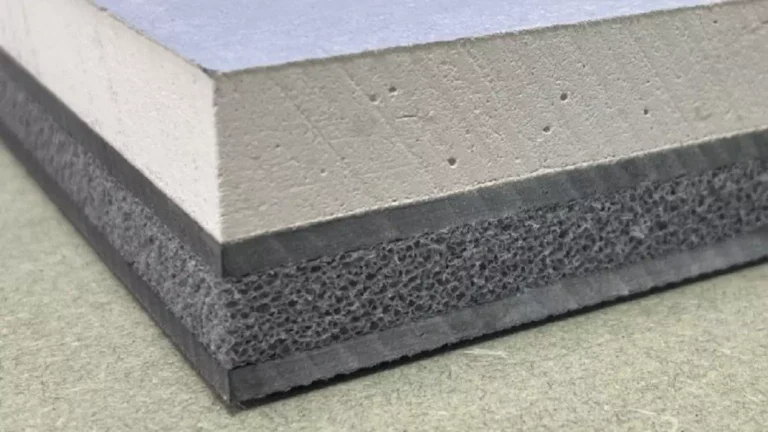
Layered plasterboard boards, equipped with special foam or mineral wool inserts, can reduce the noise level in the apartment. They are well suited for installation on frame structures.
Advantages:
- High sound insulation capacity when used in multi-layer systems.
- The possibility of creating various decorative options for wall decoration.
Disadvantages:
- Requires professional installation.
- Takes up more space, which may not be practical for small apartments.
6. Cork and fabric wallpaper
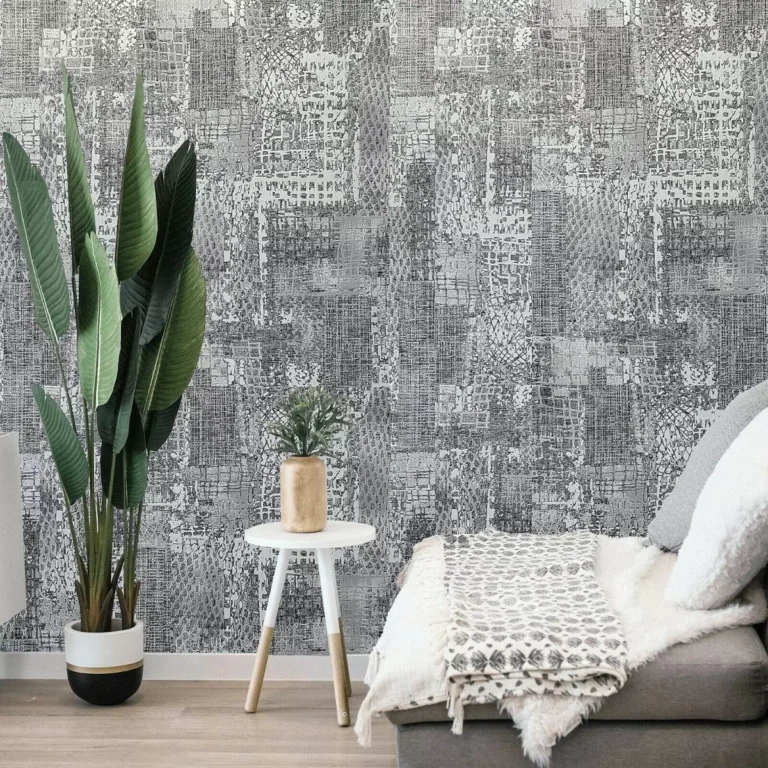
These types of finishing materials also have certain soundproofing properties. Cork wallpapers are made of natural cork, and fabric wallpapers are made of multilayer material that absorbs sound well.
Advantages:
- Easy to install.
- Ability to choose different designs and colors.
Disadvantages:
- Limited effectiveness in sound absorption.
- Often used as an additional, not the main material for sound insulation.
To create maximum sound insulation in the apartment, you can combine several materials, for example, mineral wool with acoustic panels or plasterboard. It is important to take into account not only sound insulation properties, but also factors such as environmental friendliness, ease of installation and aesthetic appearance.

